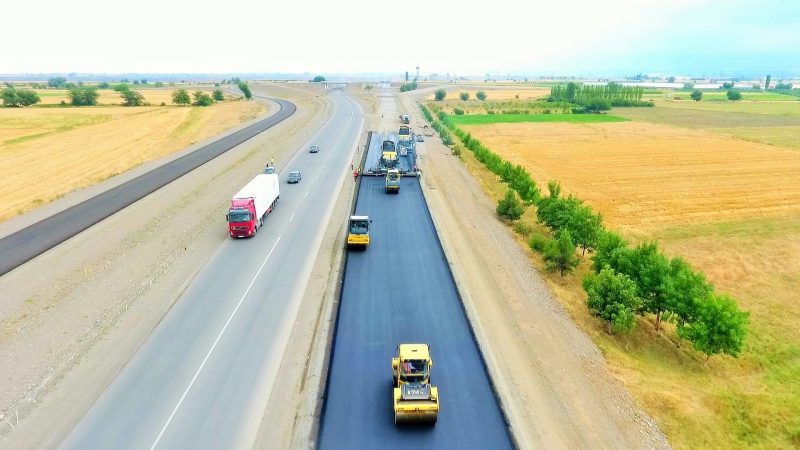Azerbaijan’s Astara-Iranian Border Highway rehabilitation received funding for its development from the state government. The financing allocation was directed to the State Agency of Azerbaijan Automobile Roads. In a nutshell, the project strives to improve market accessibility. Moreover, it aims to elevate road connectivity along sections of the Salyan-Bilasuvar corridor, of which follows the original alignment of the M3 Road.
In the country, the road development is the very first to also have received financing from the World Bank. In turn, reports note that it is a reflection of both the Government and the Bank’s priority to heighten transport networks. This in turn would lead to further local development alongside economic recovery in Azerbaijan.
Read Also: Turkiye And Azerbaijan Pharmaceutical Plant Partnership Inked
Azerbaijan’s Astara-Iranian Border Highway Total State Funding
In total, Azerbaijan’s Astara-Iranian Border Highway received an allocation of $4.1 million, about 7 million manat. The section is right between Yenikend and Bilasuvar. Furthermore, its location is within the south-eastern part of Azerbaijan, on a terrain that is said to be agricultural, and predominantly flat. Moreover, it crosses three administrative districts: Neftchala, Bilasuvar, and Salyan. As a whole, the districts collectively form part of the Aran economic region.
In a nutshell, the rehabilitation will work on a 71-kilometer section, with the goal of building a more safer road. Moreover, a press release statement noted that its development will comply with cross-section requirements of National Category II roads. The cross-section guidelines note that a two-lane road should provide a typical lane width of 7.5m. Additionally, the lane should include two 3.75m shoulders.
Back in September 2018, the state’s President was present during the 204-kilometer highway opening, featuring, a railway bridge across Astarachai, the border river. In addition to checkpoints and new terminals. At an estimate, an official statement revealed that the project’s rehabilitation construction could take up to 24 months. Thereafter, a defect notification period of 24 months, will follow.

